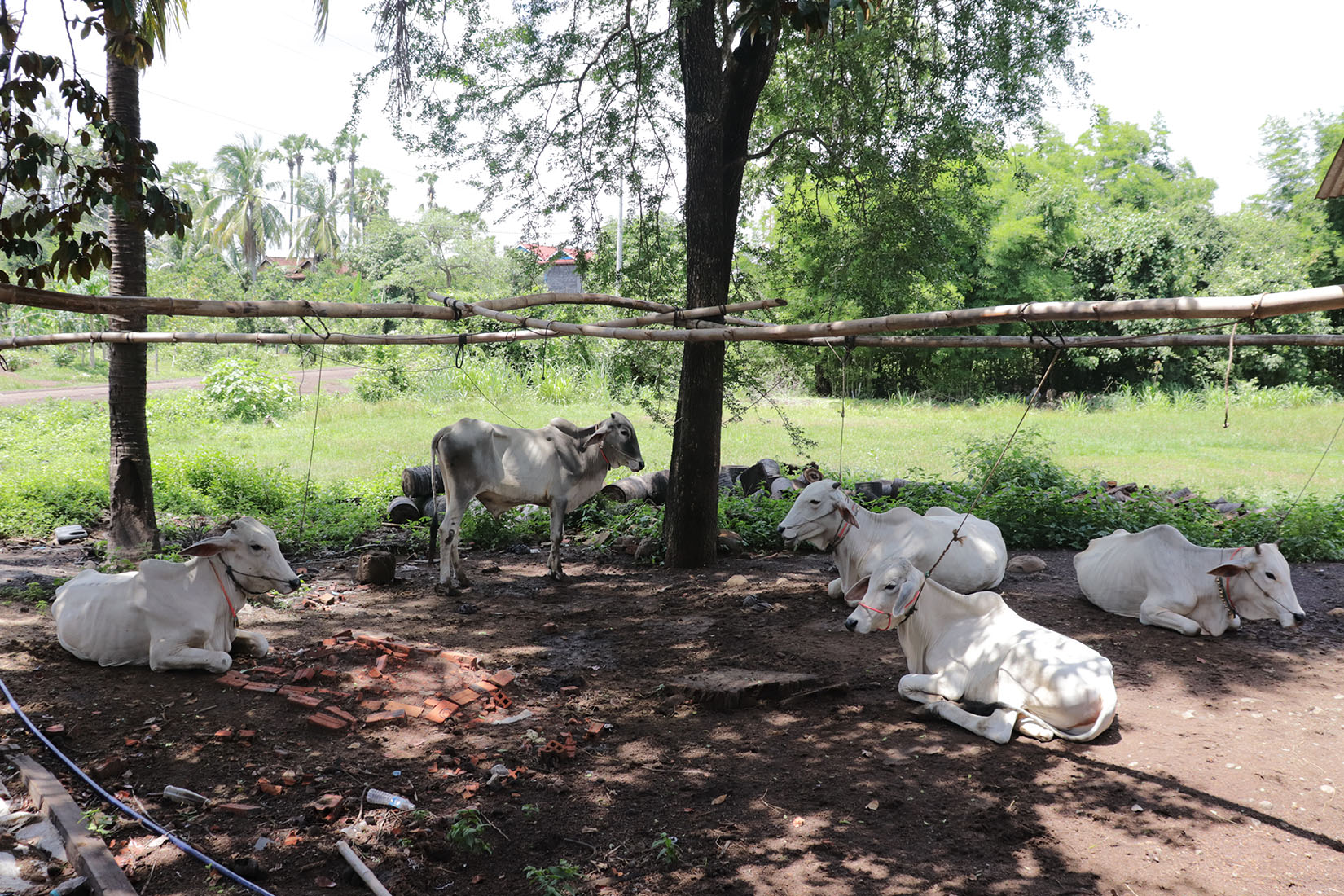Cambodian researchers will begin assessing if children growing up with access to wild, diverse, unprocessed and nutritious foods from native forests show improved development outcomes.
This is the focus of a new project led by Cambodia’s Royal University of Agriculture and funded by ACIAR and Canada’s International Development Research Centre (IDRC).
The project aims to understand the importance of forest plants in the diet and health of people in Cambodia’s north-east rural provinces of Ratanakiri and Stung Treng and how exposure to agrichemicals might threaten nutritional intake.
Researchers will gather and compare data on the nutritional and chemical composition of forest plants and agricultural plants while also measuring malnutrition in children whose diet contains forest plants and those whose diet contains agricultural plants.
The nutritional status of children and adults sampled from the 2 groups will be measured by dietary diversity and the level of chemical contamination. The work will also quantify the extent to which foods from Cambodian forests meet the nutritional requirements of children.
This project is part of the ACIAR/IDRC Research Program on One Health (AIRPOH) -a partnership between ACIAR and Canada’s International Research Development Centre. The program forms a portfolio of interconnected projects throughout East and South-East Asia supporting research that will have a transformative impact on human, animal, and environmental health.
ACIAR Research Program Manager, Social Systems, Dr Todd Sanderson, said the project would explore the assumption that agricultural communities with access to healthy ecosystems have a better chance of providing nutritious food to their children.
‘What is noteworthy about this project is that it is led by a Cambodian research institution rather than an Australian research provider,’ said Dr Sanderson.
‘The interdisciplinary research team consists of experts from Cambodia as well as Japan and Australia, but, importantly, the research question originated in Cambodia and is feeding into Cambodian knowledge demand.’

Lecturer-researcher at the Royal University of Agriculture in Phnom Penh, Cambodia, Dr Kimchhin Sok, is leading the project. He said findings from the research could have a lasting impact.
‘Findings from this research will inform the government of Cambodia about the importance of forest conservation and the impact of chemical use,’ said Dr Sok.
‘The findings will also help understand the nutritional status of children and whether they are under- or over-nourished.’
Dr Sok explained that forests could provide many different food sources with high-quality macro- and micro-nutrients.
‘To quantify food diversity, we will document the wild edible plants relied on by the two groups for food and medicines and measure their nutritional compositions and medicinal compounds.
‘These are expected to contribute to reduced malnutrition, improved conservation, increased income, and possibly prioritise the top plant species for improving sustainable food systems in the local context,’ said Dr Sok.
A database of Cambodian forest plants used for food and medicine will be developed as part of the project.
Dr Sok said the database could help document how people in the communities use the indigenous plants and contribute to further research in the field.
‘Moreover, at the end of the research, we will have ideas about which plants have high values in terms of nutrition, medicinal properties and income for local communities.’
He expects the knowledge could lead to greater government protection of the plant species.
‘Another important part of this research is that we will understand the level of heavy metal contamination of vegetables growing in the agricultural areas people use for daily food consumption.’
This knowledge could inform public policy and education about heavy metal contamination to help avoid risks to humans, animals and the environment.
The project, ‘The role of agricultural and forest landscapes on human and environmental health in Cambodia’, is expected to run for 2 years.
Learn more via the ACIAR website.

About ACIAR
The Australian Centre for International Agricultural Research (ACIAR) is the Australian Government’s specialist agricultural research-for-development agency within the Australian aid program. The purpose of ACIAR is to contribute to reducing poverty and improving the livelihoods of many in the Indo-Pacific region through more productive and sustainable agriculture emerging from collaborative international research.
About IDRC
As part of Canada’s foreign affairs and development efforts, IDRC champions and funds research and innovation within and alongside developing regions to drive global change. IDRC invests in high quality-research in developing countries, shares knowledge with researchers and policymakers for greater uptake and use, and mobilises its global alliances to build a more sustainable and inclusive world.
ACIAR and IDRC have been successfully collaborating to invest and support international agricultural research for development since 2013.







